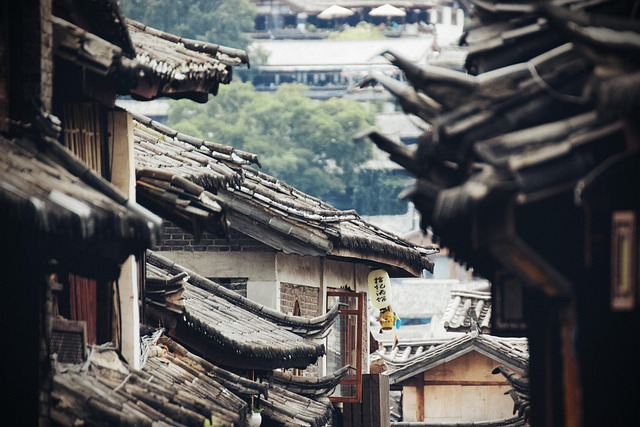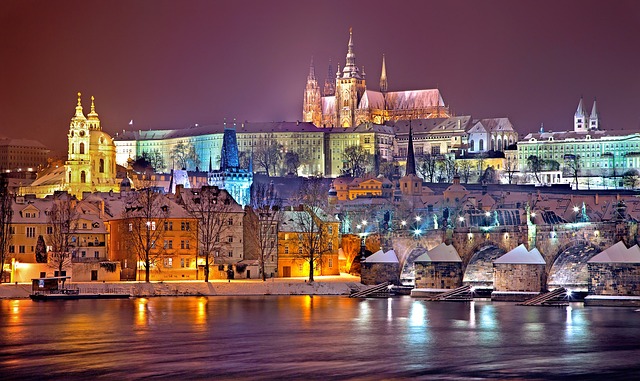Gentrification drives real estate market changes in urban areas, causing property values to rise due to new residents' demand and improved infrastructure. While it revitalizes communities, it may displace long-time, low-income residents as once-affordable areas become unaffordable. This cycle is fueled by investments, new developments, and enhanced amenities, attracting investors and buyers.
Gentrification is a powerful force reshaping urban landscapes, and one of its most visible effects is the rapid ascent of property values. This phenomenon, characterized by the influx of affluent residents into historically underserved areas, sparks a chain reaction that benefits real estate markets. Understanding gentrification’s impact on real estate values is crucial for both investors and communities navigating this transformative period. In this article, we explore the factors driving these quick value increases and their broader implications for the real estate sector.
Understanding Gentrification's Impact on Real Estate Values
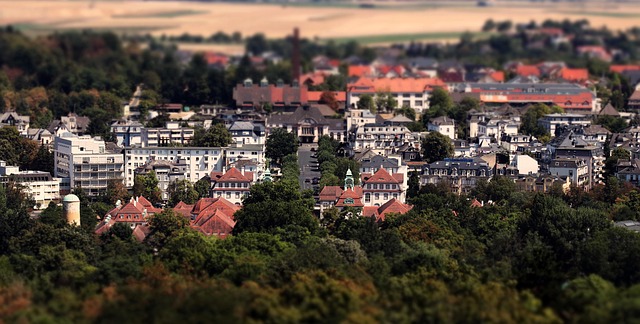
Gentrification, a process where urban areas experience a surge in desirability and property values, has a profound impact on the real estate market. When affluent individuals or investment groups move into historically underserved neighborhoods, it triggers a chain reaction of change. Local businesses thrive as new residents bring increased consumer demand, leading to improved infrastructure and amenities. This influx of capital quickly elevates property values, making once-affordable areas highly desirable and potentially unaffordable for long-time residents.
Real estate investors often capitalize on these rising values by purchasing properties at relatively low prices and selling them at a significant markup once the neighborhood stabilizes. While gentrification can revitalize urban landscapes and attract new businesses, it also raises concerns about displacement of existing communities, particularly low-income families who may struggle to afford the higher costs associated with gentrified areas.
The Rapid Rise: Property Value Appreciation
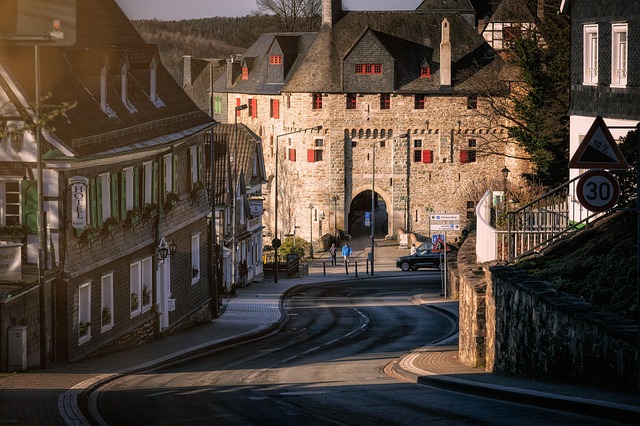
In recent years, the phenomenon of gentrification has become a prominent topic in the real estate world. One of its most noticeable impacts is the rapid appreciation of property values in previously underserved or overlooked neighborhoods. This surge in value can be attributed to several factors.
As new developments emerge, infrastructure improves, and local businesses thrive, areas once considered less desirable gain attention from investors and buyers alike. The increased demand for housing in these gentrified zones drives up prices, making it a lucrative opportunity for real estate investors. Moreover, the improved quality of life and enhanced community amenities draw families and young professionals, further fueling the market and ensuring a consistent upward trend in property valuations.
Exploring Factors Driving Quick Value Increases
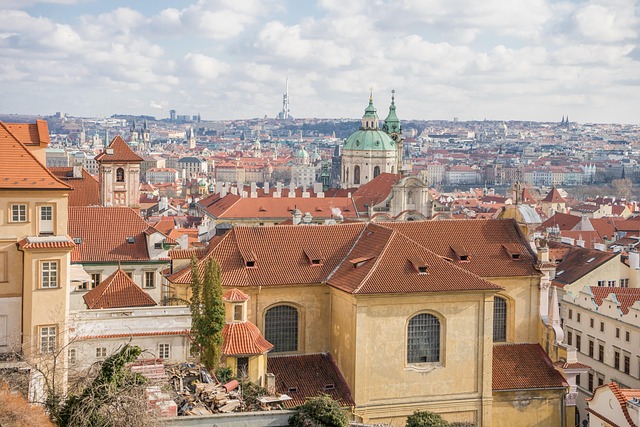
In the dynamic landscape of real estate, gentrification stands out as a powerful force driving rapid property value increases. Several factors contribute to this phenomenon. One key element is the influx of new residents seeking vibrant, up-and-coming neighborhoods. As demand grows for these desirable areas, property values naturally climb due to the law of supply and demand.
Additionally, gentrification often brings about improvements in infrastructure, amenities, and community services, further enhancing the area’s appeal. Investments in local businesses and residential developments add to the desirability, creating a positive feedback loop where rising values attract more investors and developers, perpetuating the cycle.

